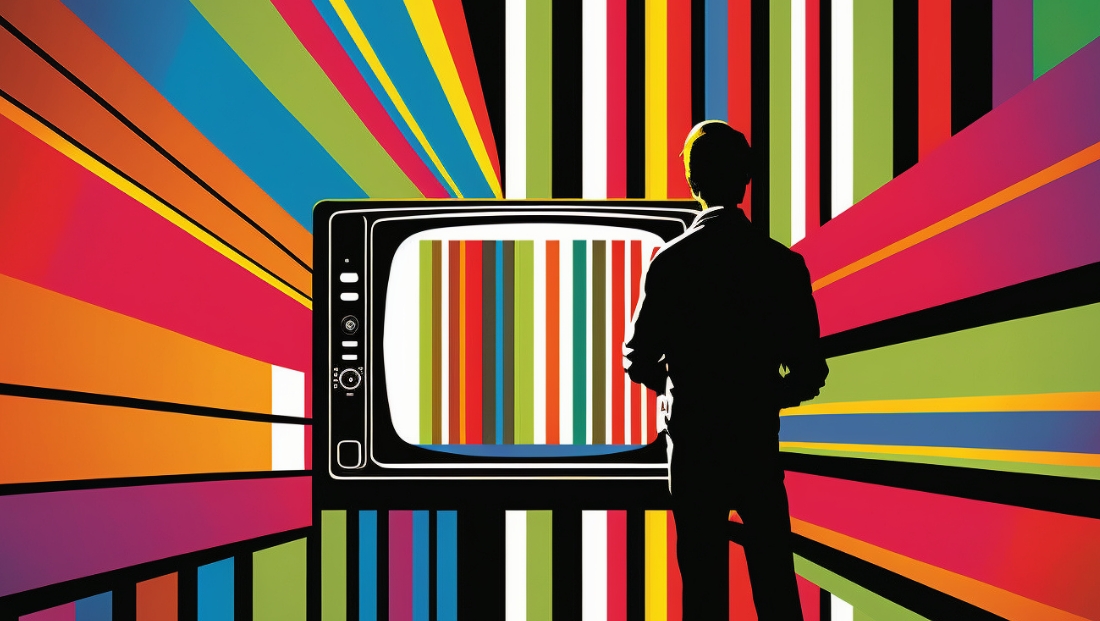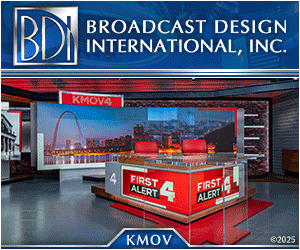Q&A: NextGen TV penetration rises as consumer perception shifts

Subscribe to NCS for the latest news, project case studies and product announcements in broadcast technology, creative design and engineering delivered to your inbox.
 Ahead of the NAB Show, NewscastStudio spoke with Pearl TV’s Anne Schelle about the ongoing rollout of NextGen TV.
Ahead of the NAB Show, NewscastStudio spoke with Pearl TV’s Anne Schelle about the ongoing rollout of NextGen TV.
Estimates from Consumer Technology Association predict 5 million NextGen TV-capable televisions will ship in 2023, making up 12% of those sold, with that share expected to hit 50% by 2025.
Recently, a bipartisan group of senators encouraged the FCC to back the ATSC 3.0 effort, following a similar move by broadcasters.
If this sounds familiar, it’s because it has some of the same hallmarks of the march to HD from SD for broadcasters, with the notable difference that this transition to ATSC 3.0 is voluntary for broadcasters – occurring on a market-by-market basis. As well, the move will potentially unlock new revenue streams and interactive features that could position local broadcasters closer to streamers.
The interview has been edited for length and clarity.
Where do we stand with the NextGen TV rollout today?
We’ve had a good first quarter. We brought on Miami, Boston and San Francisco and we’re now at over 60%.
We have others coming on board in the latter part of the spring going into the summer. Philadelphia is targeted and working on New York and Minneapolis. So we’re confident we’ll have 75% coverage this year.
As you approach 75% penetration, how are you shifting your consumer outreach on NextGen TV?
We’re excited about the entrance of new television sets. It’s great to have Hisense coming into the marketplace… we also have Samsung coming out with more models, LG as well, and Sony continuing its inclusion.
We’re really encouraging consumers to ensure that they look for the NextGen TV logo on their box and in the spec sheets.
What’s interesting is we’re coming up to a major refresh cycle. Consumers today hold on to televisions for about six to seven years, there’s a huge part of the population that will be buying new televisions coming up in 2024 and 2025, which we’re excited about. It’s a big inflection point for us as we add more manufacturers.
The other phenomenon is the advent of the bigger screen. Screen sales are actually scaling larger, and consumers are really leaning into these home entertainment systems that are much more economical to enable, which suggests the desire to receive that higher format, both in audio and video as well as interactive and gaming environments. And that’s why you see all these TV manufacturers really putting in the GPUs into these TV sets to enable that.
What are the core differentiators from the consumer perspective that will drive upgrades?
I think one of the most important features is the concept of upgradability for the future. Obsolescence is a consideration for them, so knowing that the NextGen TV technology that’s on the television will allow them to receive the basic services available today but also the future services of tomorrow.
When we say upgradability, it’s a bunch of things. It’s the TV manufacturers themselves able to push out upgrades through television sets to enable features for us, but we also will be rolling out features as we have more scale, more adjustability in the market for viewers and consumers.
What is it that they’re really interested in? So whether that’s high dynamic range (HDR), 4K or immersive audio.
Today, consumers at the very basic level of service are getting 1080p. It is a better picture than what they’re seeing currently, plus the ability to receive HDR and Dolby audio features of consistent loudness and audio voice enhancement.
And then lastly, the interactive features. We’ve started rolling out the applications and we’re in over 30 or 40 markets right now with applications.
How are consumers interacting differently with their televisions?
These are early days as we start to see consumers leaning more toward wanting to do things with their content.
If we looked at it five years ago, pre-pandemic, pre-this plethora of smart TV apps… you wouldn’t have seen that consumer conditioning to understand how to navigate the glass, as we call it on the television.
You’ll certainly start to see the networks looking at opportunities to extend what they’re already starting to do; interactive content around commerce, around sports betting, polling, voting.
In some ways, this is a bit like the SD-to-HD conversion. At some point, consumers’ perspectives shifted and they realized it was time to upgrade. Where does that perception start to shift with NextGen TV?
We have that ability to get consumers the basic capabilities that are better than what’s available today, but it’s really that extension of the future possibilities. So consumers know that they have an open pipe in an over-the-air environment to receive all of these future benefits
We’re seeing consumers self-bundling, creating their own viewing environment between over-the-air and their favorite streaming applications.
The other thing I would note is that this is really streaming over the air if you think about it. It’s a digitally-based service that’s free and the quality is great.
We saw a big uptake in antenna sales this past September, and I think that was due to a multitude of reasons. One is the big sports events that were happening in the fall, but also consumer fatigue in regards to subscription fatigue.
The discovery of the fact that there is this plethora of free over-the-air services, and its quality and its receptibility are better and easier on NextGen.
Is content still the lagging piece of the NextGen TV puzzle?
I think what you’re seeing is they are producing it, but it’s a question of distribution upgrades to get it to the station.
We’re right on the precipice where I think it’s right around the corner. I’ve been in interviews when this has been discussed, where the stations are getting ready for it. The other piece is we need to be nationally available.
What should folks look for at the 2023 NAB Show?
We’re excited about NAB.
We will show HDR Plus with Samsung and some great sports content from Fox. We’re going to showcase an over-the-air application live with targeted news and information from Scripps.
We’re also going to be talking about what we’ve done with a new capability to enable stations that can’t get onto NextGen or are waiting for a second stick to be able to enable it to be able to become what we call a broadcast IP channel. That’s our ability to deliver a URL embedded in our broadcast. And when it hits the TV set, it goes out to a server and brings in that content, but it’s geofenced.
We’ll also be showcasing the first integration of the Dolby audio system, both descriptive audio, multi-language – which I’m really excited about – as early research in Phoenix shows a real desire for the consumer to be able to toggle back and forth in Spanish/English, English/Spanish.
Subscribe to NCS for the latest news, project case studies and product announcements in broadcast technology, creative design and engineering delivered to your inbox.





tags
Anne Schelle, interactive, Next, NextGen TV ATSC 3.0, Pearl TV, polling, Polls, Sports Betting
categories
4K, HDR and UHD Broadcasting, Broadcast Engineering, Broadcast Industry News, Content Delivery and Storage, Executive Q&A, Heroes, Voices